THE F5 MAGAZINE WOMEN DOING GREAT THINGS
Advantaged to Ally

The Forgotten Founder








At F5, the mission of creating generational change for women is not just a goal, it is the foundation that drives every initiative, every project and every action we take. We are committed to building long-term, sustainable solutions that challenge the status quo and reimagine possibilities from the ground up. Our approach is informed by deep research conducted when creating our Theory of Change which serves as the blueprint for everything we do. Today, I am thrilled to introduce a new element of our mission: the F5 Magazine. This publication is more than just a newsletter or a magazine; it is a celebration of women across the globe who are achieving audacious goals and making significant strides in their fields. It is a tribute to the changemakers who work tirelessly, often without recognition to create generational change for women. These are the women (and men) fighting for basic rights, advocating for policy change and breaking through barriers that will have ripple effects for women everywhere.
Around the world, women are pushing boundaries, breaking glass ceilings and redefining what it means to lead and succeed. The F5 publication will spotlight these incredible women. Those whose stories often go untold, yet whose impact is profound. From women in business to activists and policymakers, we aim to bring their stories to the forefront and give them a voice.
This publication will feature women who are making strides in countries and regions where their efforts are particularly challenging, yet critically important (like Amrita Kapoor). These are the women who are not just shaping their own futures but are also paving the way for countless others. By highlighting their work, we hope to inspire a new generation of women to take bold steps and make their mark on the world.
One of the core values at F5 is the belief that we are stronger as a collective. The F5 Magazine is not just about celebrating the achievements of women; it’s also about emphasising the importance of allyship. True empowerment comes when men and women work together towards common goals. We believe that excluding men from the conversation only serves to limit the potential for progress. Instead, we must work together and collaborate across genders to create a world where equality is not just an aspiration but a reality.
In this spirit, The F5 magazine will also feature stories of men who are allies in the fight for gender equality (like Kelly Kimball and Levent Shevki). These are the men who recognise the value of empowering women and are actively working to support women’s initiatives in their communities, workplaces and governments. By showcasing these stories, we hope to encourage more men to join the movement and become advocates for change.
While celebrating achievements is vital, we also recognise the need to tackle the difficult conversations that are often avoided. The F5 Magazine will be a space where we confront the uncomfortable truths and raise awareness about the issues that still hinder
progress for women around the world (like the forgotten founder). Whether it’s gender-based violence, economic inequality, or systemic barriers in education and employment, we will not shy away from discussing the challenges that must be addressed to create true generational change (like Chantelle Stratford).
We believe that by bringing these issues to light, we can influence change where it is most needed. Our goal is to raise awareness, spark dialogue and ultimately drive action that leads to tangible improvements in the lives of women globally. These conversations are not just about highlighting problems, they are about finding solutions, mobilising resources and pushing for policies that will make a difference.
The F5 Magazine is not just a platform for sharing stories and lifting voices; it is a call to action. We invite you to join us on this journey of empowerment and generational change. By subscribing to our publication, you become part of a global movement that is dedicated to celebrating women, showcasing hidden stories and driving meaningful change.
This is more than just reading about incredible women, it’s about becoming inspired to take action in your own life, your community and beyond. Whether you are a woman striving to achieve your own goals, a man looking to support and empower the women around you, or an organisation seeking to make a difference, there is a place for you in the F5 movement.
Together, we can create a world where every woman can reach her full potential, where gender equality is the norm and where the stories of women’s achievements are no longer hidden but celebrated on the global stage. This publication is just the beginning and we are excited to see where this journey takes us. Join us as we continue to build a better, more equitable future for all. At F5, we believe that change begins with awareness and is fuelled by action. The F5 publication is our way of shining a light on the incredible work being done by women across the globe and encouraging others to join us in our mission. By celebrating achievements, fostering allyship and tackling the hard conversations, we can create the generational change that will define the future for women everywhere. Together, we can create a world where empowered women are the norm, not the exception. Welcome to the movement. Welcome to F5.
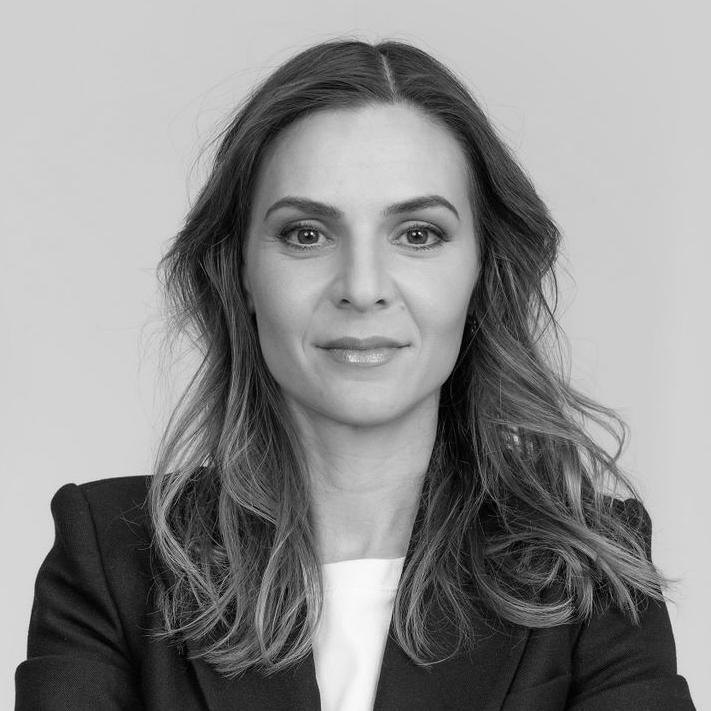
Tracey Warren, F5 Partner & CEO
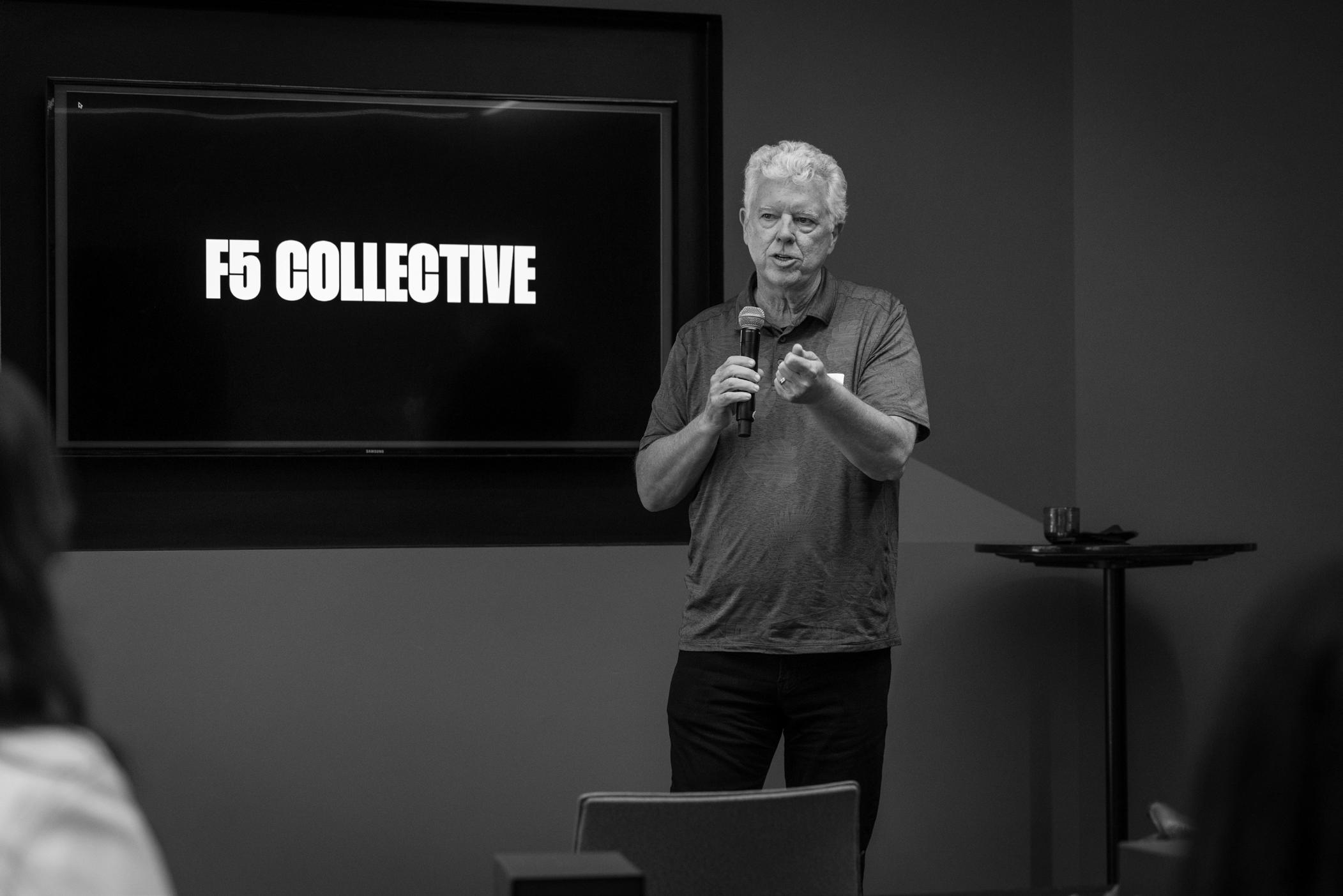
I’ve found that’s always a great question to ask, whatever the circumstances. In this case, I was at Columbia University for a three-day Women in Leadership Conference. The person inquiring was the moderator, and she was asking me because, despite my first name, I am a cis-het white man in his 60s. In a reversal from most experiences in my life, I was the only one of my kind in the room.
The answer began a few years before, in late 2017. I had the privilege of sharing dinner with three remarkable women activists whom I deeply respected. It was the peak of the #MeToo movement, and each of them played a pivotal role in amplifying its message. Adama Iwu and Samantha Corbin, two Sacramento
lobbyists, co-founded We Said Enough, a nonprofit dedicated to eliminating sexual harassment, assault, and discrimination in the workplace. Tess Rafferty, a writer based in LA, had just organized the Take Back the Workplace March to protest sexual harassment in the entertainment industry. As a business owner, I was eager to learn how to create a more supportive workplace for my employees. I sat down that night armed with a list of questions. However, before our drinks had even arrived, I realized that I lacked the necessary knowledge to even form the words to ask them.
Back at Columbia, the professor clarified her question. “We have had men come into this in the past and it changed the entire dynamic,” she explained. “They try to prove how much they know and how ‘helpful’ they can be and end up monopolizing the conversation as a result. I want to make sure you don’t do that.”

Being an ally compels us to introspect and confront sometimes discomforting truths about ourselves.
I also wanted to make sure I didn’t do that. So, I explained to her that since that dinner when I realized my lack of knowledge, I embarked on a quest to learn something crucial: how to be a better ally. Drawing from my background in developing strategic solutions, I distilled this pursuit into four key steps for beginners: Show Up, Shut Up, Listen, and Learn - in that order.
“That’s what I’m doing here,” I explained. “I’m here to shut up, listen, and learn.”
My presence soon earned the nickname “The elephant in the room” or “Kel-ephant,” a witty play on my first name. This clever moniker highlighted the fact that I was often the only man in attendance, allowing me to experience firsthand the discomfort women and other marginalized individuals face being “the only one.” Some conference participants welcomed my presence, viewing it as a positive sign of male interest in their cause. However, others were suspicious, and some thought it detracted from the conference’s goals. “Your presence in the room changes the dialogue,” one woman told me. I didn’t know where to sit at lunch, who I would be welcome joining, or who I would be disturbing. I felt like the new kid at school. Despite my discomfort, I recognized the value of my experience and the lessons it offered.
Why had I chosen this particular conference? In the few years since that initial dinner, I had honed my philosophy of being an ally. While it was crucial to Show Up, Shut Up, Listen, and Learn, being an effective ally also requires Engagement and Action. I’ve found one of the best ways to Engage is to ask questions - of both the people you want to help and yourself.
I had been doing the last step – Act - for years before I started asking the questions that had brought me to Columbia that Spring day. My wife, Carla, and I had long been advocates for women’s health issues. However, over time, we began to question whether simply writing a check was enough. What obstacles were these organizations facing? What could make our use of capital more effective? How can we maximize our impact for the people we were all striving to help? This series of questions led us to focus on legislative issues and the realization that women’s issues were better addressed when more women were elected to office. Consequently, we shifted our support to female candidates across all levels of government. While this was also fulfilling, I began to recognize a power dynamic at play, rooted in economic disparities. Men have greater access to financial resources. When men make more money, they have more money to support the candidates who resemble them and champion their interests, perpetuating the disproportionate election of men over women. Economic power perpetuates male dominance in politics, and until there is economic equity, there can never be true equality.
Coming from the tech world as I do, I started asking more questions about women and people of color in the world of venture capital. The answers were sobering, to say the least. When I delved into the research, I discovered that the percentage of total VC funding allocated to female founders was a mere 2.5% - a number that has steadily declined over the subsequent years. It’s now at 1.8%. These statistics infuriated me, prompting me to Act.
Making donations is admirable and vital. There’s no shortage of worthy organizations that need this capital to survive. But many of us have the power and influence to do more, and we should harness that privilege. So I did. I used my privilege to do two things. First, together with Tracey Warren, Divya Reddy, Marquesa Finch, and Levent Shevki, I started the F5 Collective, an investment fund dedicated to closing the gender funding gap and supporting female founders, starting in Australia (but with global ambition). Second, together with fellow entrepreneur and activist Allison Byers and the F5 team, I began working with Nancy Skinner, a California Senator from Berkeley, to draft what would become SB 54, a bill designed to address the lack of diversity in venture capital funding.
It was this last step that brought me to Columbia University that day. If I was going to fund women leaders, I needed to understand their experiences.
I’m not special. I’m like many people of my generation, coming of age in the 70s, on the heels of the Vietnam War, Civil Rights movement, and Roe v. Wade. We believed in the possibility of progress and understood that taking action would advance it. While action will always be that final step, I’ve come to realize that without the first steps action is often ineffective. To solve problems, one must first comprehend their nature and root causes, understand which solutions have failed, and why. This understanding can only be attained through listening to and engaging with those whom you seek to help.
It’s good to understand what the problems are, but it’s not enough. Access to opportunities is equally vital. To truly be an ally, I believe we must take action to ensure those we aim to support have access to the same privileges we’ve always had and never had to question.
I want to witness more men like myself making a difference, and I firmly believe they have the capacity to do so. It’s not always easy or straightforward. “Shutting up” can be hard for men, and even more so, being receptive to what is being communicated. It requires us to acknowledge and respect the experiences of others, even if we’ve never seen it and even if we think we would never behave that way ourselves. Being an ally compels us to introspect and confront sometimes discomforting truths about ourselves.
But I learned that I can add value if I’m willing to exercise patience and refrain from interjecting, rather than feeling the need demonstrate my knowledge or “wokeness.” Realizing I didn’t know what I didn’t know made me a more successful ally. By inviting people to share their perspectives with me, I was able to construct a framework around their experiences, rather than trying to fit their narrative into a framework of my own understanding. Participate in their conversation. Don’t force them to participate in yours.
The best part is the people we’re aligning ourselves with add value to us. This isn’t charity; it actually makes your business more successful. According to a study from the Boston Consulting Group, for every investment dollar raised, female-run startups generate 78 cents of revenue versus only 31 cents for male-run startups. Women are more likely than men to introduce fresh ideas not offered by a competitor. Achieving gender parity in business growth could add US$2 trillion to the global
economy and as many as 433 million jobs worldwide. We deny our companies opportunities, our industries ideas, and our world advances when we only listen to half the people working in them. Or worse - when we only allow a fraction of the world entry to begin with.
SHOW UP. SHUT UP. LISTEN. LEARN. ENGAGE. ACT.
In that order. It won’t always be easy. But if we’re sincere in wanting to help, it’s what needs to be done.
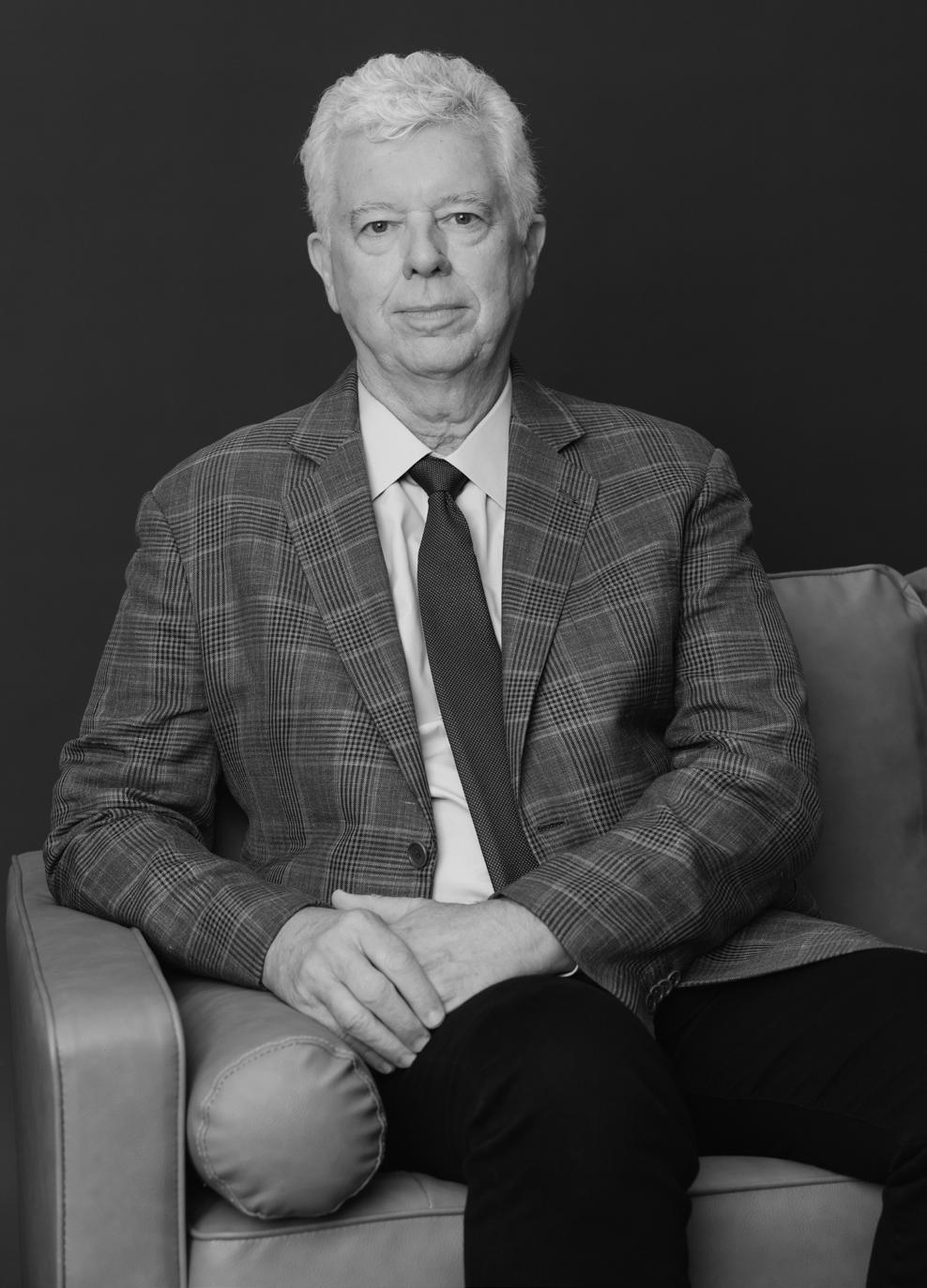
Kelly Kimball is an Executive Fellow at Harvard Business School, the founder and Board Chairman at Vitu, and cofounder and Chairman at F5 Collective
QWhat is the one piece of advice you would give to your younger self?
Listen to Billy Joel’s “Vienna”

QWhat are your top 3 books, podcasts or resources for success in business and/or life?
“Why Startups Fail” by Thomas Eisenmann
“Founders Mentality” by Chris Zook and James Allen
“The Boy, The Mole, The Fox and the Horse” by Charlie Mackesy
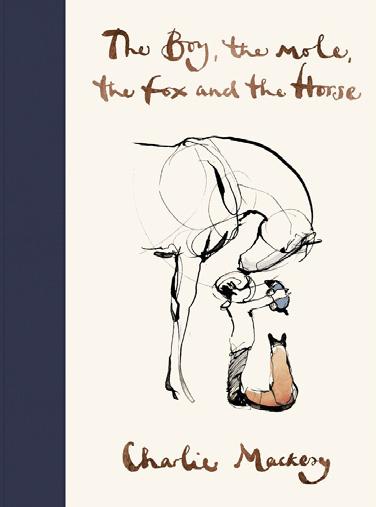
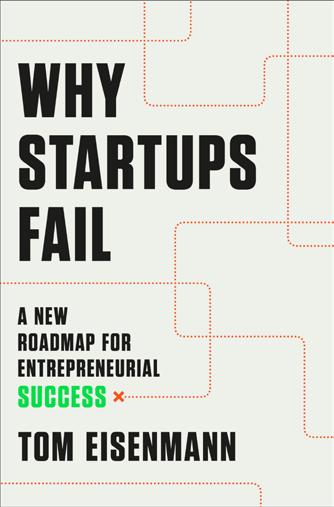
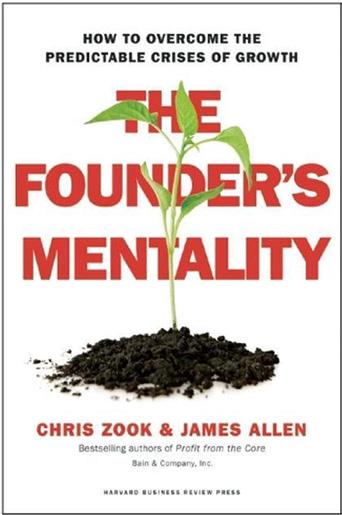
QWhat’s your number one piece of advice for overcoming failure or mistakes?
Reframe the experience. There is no failure if you are in the game. Only lessons.
QHow do you stay motivated and driven, especially during challenging times?
I make sure I have a North Star and a deep understanding that this is not a linear journey. The ups aren’t so up and the downs aren’t so devastating. They are all part of the game. To succeed you must love the game.
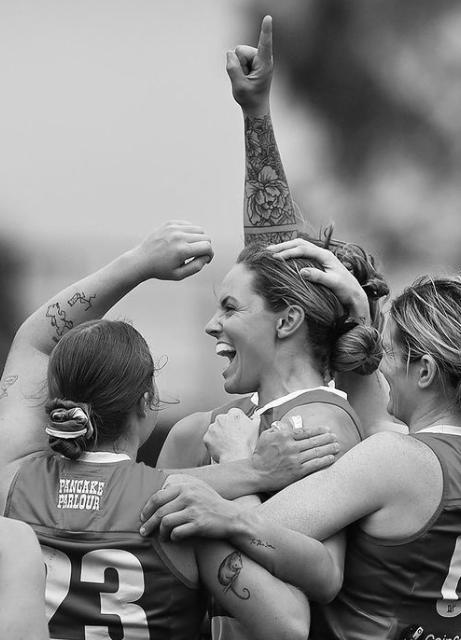
In a historic moment for equality, the world has just witnessed the first-ever Olympic Games with full gender parity. This achievement marks a monumental step forward for women in sports and serves as a powerful example of what can be accomplished when equity is placed at the forefront.
This incredible feat wouldn’t have been possible ofcourse without our wonderful female athletes, but also the male allies who have uplifted, coached, advocated for and championed them. One such ally in Australian sport is Levent Shevki (pictured, right), CEO of Cornwalls, a passionate advocate for gender equality and a staunch supporter of women in sport.
As a long-standing member of the Western Bulldogs board and a co-founder of A-League side Western United FC, Shevki has been actively involved in creating pathways and opportunities for women in sport. His efforts are a testament to the importance of allyship, demonstrating how male leaders can leverage their influence to drive meaningful change.
Levent’s journey as an ally in the sporting world began with his involvement with the Western Bulldogs, where he has been a board member since 2012. The club has been a significant advocate for women in sport, and under Levent’s leadership, it has spearheaded initiatives that have had a lasting impact. “In a watershed moment for women’s football, in 2013, the Western Bulldogs and Melbourne played out a women’s exhibition game on the MCG. The success of that night paved the way for what eventually became the AFLW competition in 2017,” says Levent. “The Bulldogs as a Club have continued to back women in sport, creating first-class AFL and VFL programs, and building bespoke facilities for women at their home ground.”
The Bulldogs’ commitment has not only been to develop female athletes but also to ensure representation at all levels. The club’s board currently consists of five women, including its President, which is a clear reflection of its inclusive culture. Additionally, they are in the process of developing a Women’s Leadership and Wellness Hub at their new facility, further supporting the growth and wellbeing of women in sports.
Levent’s allyship extends beyond Australian rules football. As a founder of Western United FC, he played a pivotal role in the club’s joint venture with Calder United, an all-female grassroots soccer club in Western Australia. “This partnership provided Calder United with access to A-league level resources, coaching, and development pathways. It created a platform for senior players to transition into professional soccer, paving the way for Western United’s A-Leagues Women’s Team,” Levent explains.
The A-League women’s side made a remarkable impact by reaching the grand final in its inaugural year, showcasing the potential and talent of female athletes when given proper support and investment.
Male allies can help by advocating for better pay, increasing media visibility, and allocating more resources to women’s sports.
Levent believes that uplifting women in sport is about more than just fairness—it’s about recognising the value and potential women bring to the field, both on and off the pitch. “Women’s sport is great to watch and is inspiring,” he says. “It promotes equality, breaks down barriers to ensure women have the same opportunities as men to fulfil their dreams in sport.” He points to the economic impact of women’s sports, noting that as they receive more attention and investment, there is potential for significant economic benefits, from infrastructure development
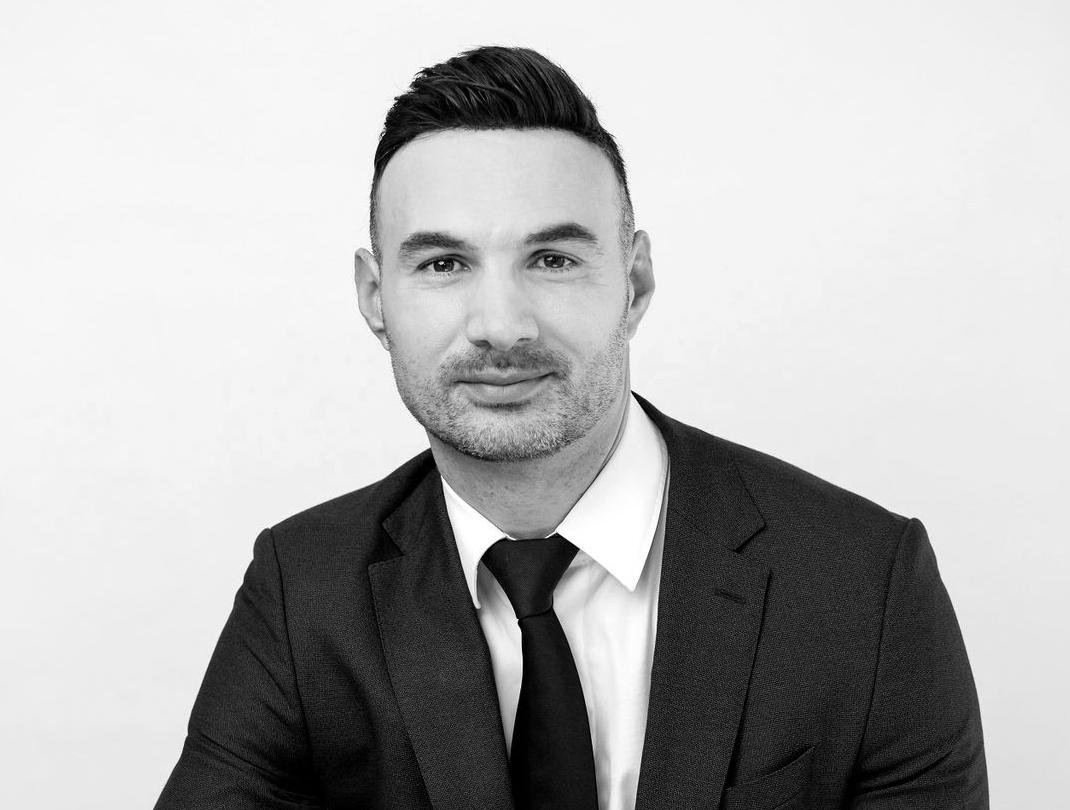
to increased media visibility.
The recent full-parity Olympic Games are a testament to this potential. “The full-parity Olympic Games could revolutionise corporate sponsorship and investment in women’s sports by significantly boosting visibility and media coverage, attracting new and diverse audiences, and driving market expansion,” says Levent. This shift is crucial, as increased visibility can lead to more athlete endorsements, sponsorship deals, and ultimately, a more equitable sports landscape.
Despite the progress made, challenges remain. Women in sports still face the gender pay gap, limited media coverage, and underinvestment in development and resources. Levent emphasises the role men can play in addressing these issues.
“Male allies can help by advocating for better pay, increasing media visibility, and allocating more resources to women’s sports,” he suggests. “The solution needs to be tackled holistically—investment helps build the leagues, generate revenue, and leads to better pay.”
Levent’s work as an ally goes beyond the field. He mentors women in the business of sport, sits on advisory boards for women founders, and is a co-founder of the F5 Collective. His commitment to diversity, equality, and inclusion is clear, and he believes that male leaders in the corporate world must continue to play a vital role in sustaining and advancing the progress made toward gender equality in sports.
Looking forward, Levent encourages male leaders to continue their support for women in sports by championing equal sponsorship and investment, mentoring women, and advocating for policies that support gender equality. “Fostering a culture of respect, challenging gender bias, and ensuring safe environments are crucial,” he says. By doing so, male allies can help build a more inclusive sporting world where all athletes, regardless of gender, are valued and respected.
As the first Olympic Games with full gender parity have shown, progress is possible. With leaders like Levent championing allyship and advocating for real change, the future of women in sport looks brighter than ever. It’s now up to all of us—women and men, fans and officials, players and coaches—to continue pushing the boundaries and ensuring the journey towards true equality in sport doesn’t lose momentum.
Byline: Holly Richards
The lack of progress towards gender equality is staggering. In its worst expressions, women and girls suffer extreme violence, oppression and control. Basic rights are denied, living conditions are inhumane and the threat of harm endlessly looms. It is easy for us to abhor such realities with overtures of disdain or egalitarianism…but we must never forget that these are in fact still realities.
Globally, we are going backwards, and the annual revision of international gender gap projections that keep the UN and World Economic Forum occupied only reinforce that we are fundamentally failing when it comes to getting to the root of gender inequality. The economics of gender equality are clear and well-canvassed.
Closing the global participation gap alone will deliver US$28 trillion in GDP annually. We are leaving US$76 billion on the table every day in lost productivity. Beyond the moral imperative, this is just bad economics.
Across the Asia-Pacific region, there has been no improvement in the past five years when it comes to promoting women into formal work, closing the gender pay gap, improving access
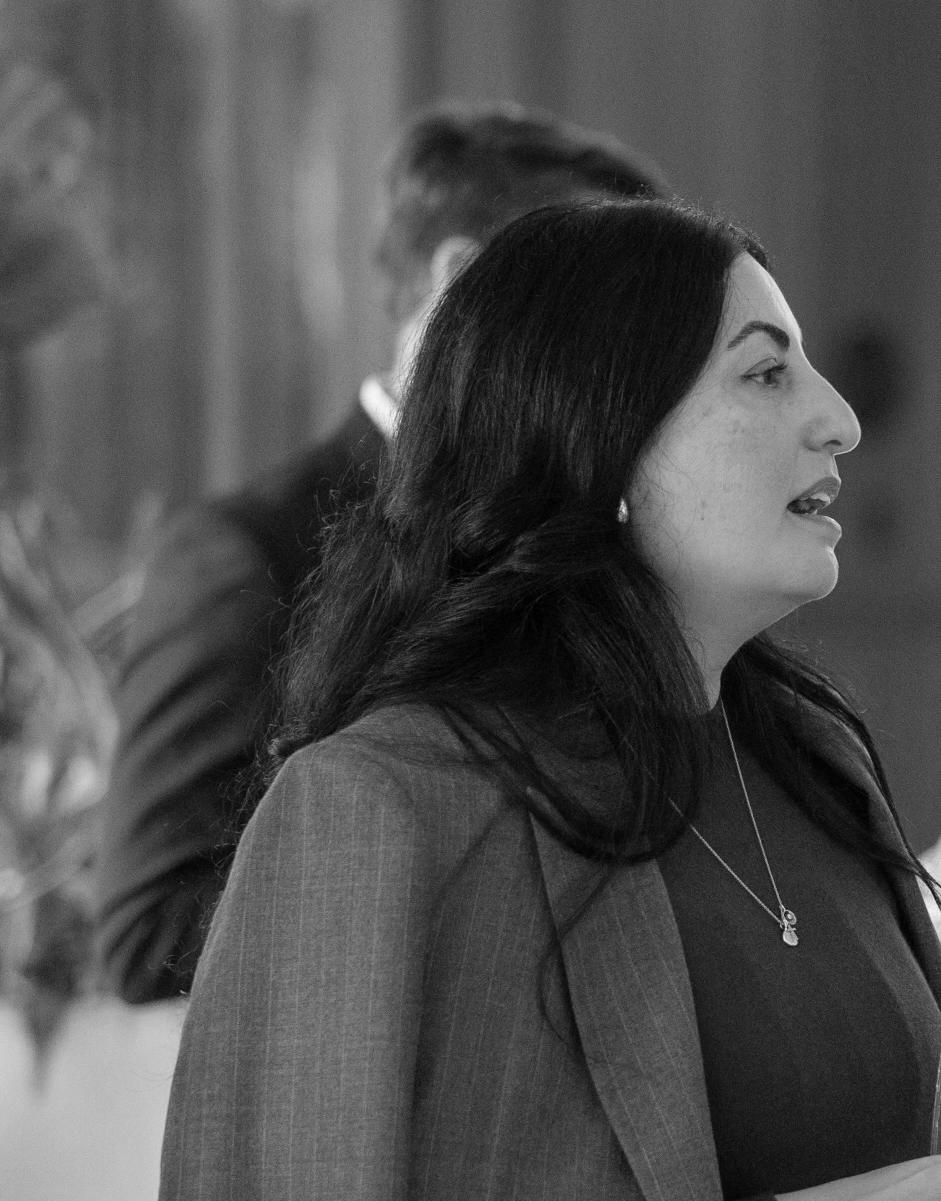
to decent employment, preventing gender-based violence and countering gender stereotypes in education and skills development. The solutions to these issues though nuanced, are neither groundbreaking or untested, and yet the economic incentives and opportunity cost of doing nothing fails to stimulate more than passing interest. This can only mean that patriarchy nudges out capitalism in the hierarchy of dominance and control.
In a global economic setting characterised by inflation and growing interest rates, uneven growth, supply chain disruptions and deepening inequalities arising from the rise of AI and impacts of climate change, there actually exists an opportunity to embrace gender equality as a strategic advantage to maximise prosperity and protect from economic shocks. We need, dare I say it, disruptors and early adopters. Business leaders bold and strategic enough to upset the status quo and decisively harness gender equality as a powerful tool for market disruption and competitive edge.
This goes beyond setting measurable targets for gender diversity at all levels, inclusive recruitment practices and mentoring programs, or pay equity audits – which are all a minimum for any business leader with a basic ethical standard. It is about a much more transformative approach to leadership in the pursuit of greater innovation, creativity and profitability.
The true power of gender equality lies not just in ticking boxes

but in fundamentally reimagining how we do business. When women have equal opportunities to lead, create, and innovate, businesses do more than just improve their bottom line—they reshape industries and drive sustainable growth.
Businesses can benefit greatly by collaborating with global gender experts who are skilled in dismantling systemic barriers. Feminist consultants are invaluable allies in turning intentions into meaningful actions that foster inclusivity, enhance business success, and deliver greater profitability and sustainable impact. By partnering with experts, businesses gain access to deep expertise in structural reforms, the ability to develop tailored policies that address their unique challenges, and guidance on organisational change that aligns with global best practices and frameworks.
The future of business is one where gender equality is not an afterthought but a central pillar of success. Business drives the economy and with it business leaders have enormous power to advocate changes to global policy settings that sustain outdated economic structures. Those who recognise this now and act accordingly will not only gain a competitive edge but will also contribute to a more just and prosperous world. The question is not whether we can afford to pursue gender equality but how we can afford not to.
Diverse perspectives lead to better decision-making, more innovation, and stronger resilience in the face of market
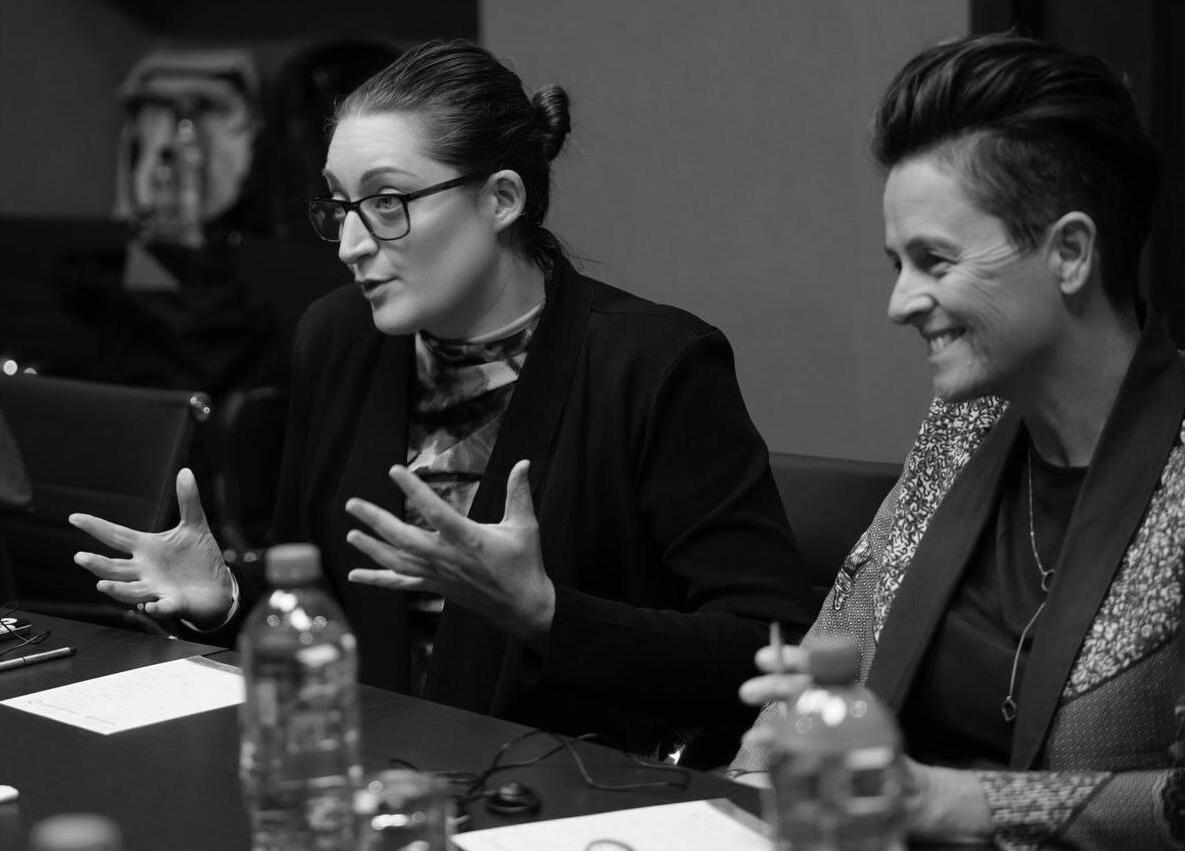
disruptions. Consider the data: companies in the top quartile for gender diversity on executive teams are 25 per cent more likely to have above-average profitability. Furthermore, genderdiverse companies are 21 per cent more likely to outperform on profitability and 27 per cent more likely to create superior value. This isn’t just correlation, it’s causation (my favourite).
One striking example comes from the technology sector, where firms with higher gender diversity have demonstrated higher productivity and return on equity. Similarly, in venture capital,
funds that invest in female-led startups perform better on average than those that don’t, with returns exceeding those of male-led ventures by over 60 per cent. Yet, despite the overwhelming evidence, too many businesses remain stuck in outdated models of leadership, where homogeneity and hierarchical structures stifle growth. To break free from this cycle, we need leaders who are not only willing to embrace change but who see gender equality as a strategic imperative—one that requires a deep cultural shift and a long-term commitment.
Leading companies have begun to leverage gender diversity as a key component of their competitive strategy. For example, firms like Unilever and Mastercard have integrated gender equality into their core business models, recognising that diverse teams drive innovation and foster resilience in the face of global challenges. According to a Harvard Business Review study, companies with diverse management teams were found to be more innovative, launching more new products and capturing more market share than those with homogenous leadership teams. These companies actively promote gender balance in their leadership pipelines, invest in family-friendly policies, and address unconscious bias in hiring and promotions.
Boardrooms and C-suites must move beyond tokenism and embrace a structural overhaul of how gender equality is embedded within their organisations. By creating inclusive cultures that go beyond simply adding women to leadership positions but focus on building systems that support diverse talent throughout their career progression, encourage transparency in pay and promotion processes, maintain the highest standards on ethical conduct and foster environments where every voice is heard and valued.
Countries like Iceland and Norway have set a gold standard for gender equality by legislating gender quotas in corporate boards and providing robust parental leave policies. These not only lead to higher female participation rates in the workforce but have been correlated with enhanced economic performance and profit. Businesses can benefit greatly by collaborating with global gender experts who are skilled in dismantling systemic barriers. Feminist consultants are invaluable allies in turning intentions into meaningful actions that foster inclusivity, enhance business success, and deliver greater profitability and sustainable impact. By partnering with experts, businesses gain access to deep expertise in structural reforms, the ability to develop tailored policies that address their unique challenges, and guidance on organisational change that aligns with global best practices and frameworks.
The future of business is one where gender equality is not an afterthought but a central pillar of success. Business drives the economy and with it business leaders have enormous power to advocate changes to global policy settings that sustain outdated economic structures. Those who recognise this now and act accordingly will not only gain a competitive edge but will also contribute to a more just and prosperous world. The question is not whether we can afford to pursue gender equality but how we can afford not to.
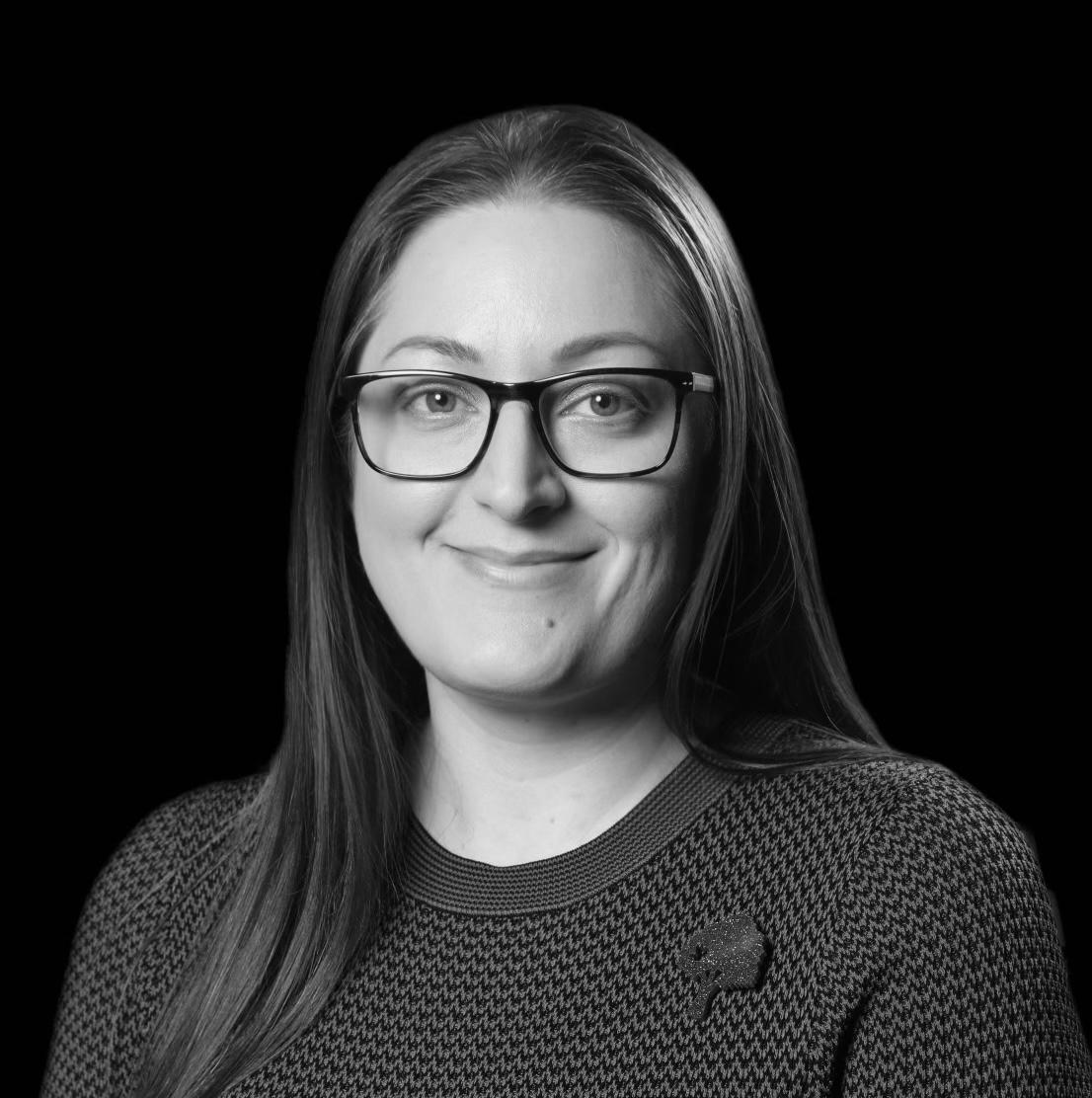
“WHAT ARE WE DOING FOR THE WOMEN TODAY?”
The simple question that has driven gender equality expert, Chantelle Stratford’s career.
You may not have heard of Chantelle Stratford, yet every woman in Australia has been positively impacted by her leadership of significant national gender equality policy through her 20 years of public service. Chantelle does not mind her relative anonymity, as she prefers to keep attention focused ‘on the women’ who are at the heart of policy decisions.
Earlier this year, Chantelle was recognised for her outstanding public service in leadership and innovation in gender equality, receiving the Public Service Medal in the Governor-General’s 2024 Australia Day Honours List. Her career is a testament to the power of blending personal passion with professional expertise. Her early experiences, witnessing the disparities faced by women and marginalised communities, ignited a feminist fire within her to challenge the status quo.
“As women we are often told to be happy with the gains already made, that the foundations for gender equality are in place and equality is now ours to take… and yet we also live in a society that persistently undervalues our work, our bodies, and our voices… this has never been good enough for me” Chantelle says. This drive led her to pivotal roles in government where she could influence significant policy outcomes, advocating for comprehensive care reform and enhanced parental leave, and leading the charge on groundbreaking pay transparency legislation to narrow the gender pay gap. Supporting Sam Mostyn AC and the Women’s Economic Equality Taskforce, she contributed to their landmark ten-year plan and was instrumental in ending ParentsNext. For years, Chantelle was at the forefront of the Commonwealth’s women’s safety agenda and oversaw essential programs like the National Plan, 1800RESPECT and Stop it at the Start. She also spearheaded reforms in Victorian community services following the Family Violence Royal Commission.
“It is important to never lose sight of the women that policies and programs impact. We must always ask ourselves ‘what are we doing for the women today?’… it is a simple question that quickly focuses you on the most meaningful pursuits.”
It is fair to say that she has dedicated her career to making things better for women. When I asked Chantelle what she was most proud of considering her recent honour, she was quick to tell me plain and simple, it is her people.
“I am incredibly proud of my feminist colleagues and amazing teams over the years who have had the bravery, tenacity and ambition to drive and deliver so many important reforms with me over the past decade. I could not do it without them, and this recognition really is theirs…”
During her tenure as the Head of the Office for Women in the Department of the Prime Minister and Cabinet, Chantelle’s strategic vision led to the introduction of Australia’s first gender budgeting system, marking a historic step towards embedding a gender equality assessment in all Budget proposals.
“Gender budgeting is a critical tool for governments to demonstrate their commitment to gender equality, not just in words but in fiscal priorities and it lays the groundwork for a more inclusive economy…”
“The essence of gender impact analysis lies in understanding that the Government’s policies affect genders differently, and when we factor this into policy design it can transform societies to be more equal and create fairer opportunities for everyone.”
“It is such a significant reform to the way we do policy work inside of government and by drawing on global best practice, we have set ourselves up to grow into a leading global example in this work” Chantelle says.
Chantelle remains focused on creating a more equal future and has recently shifted her work focus to being a leading voice in the global charge for gender equality. As Australia’s lead for gender equality in the G20 and through her work as Chair of the
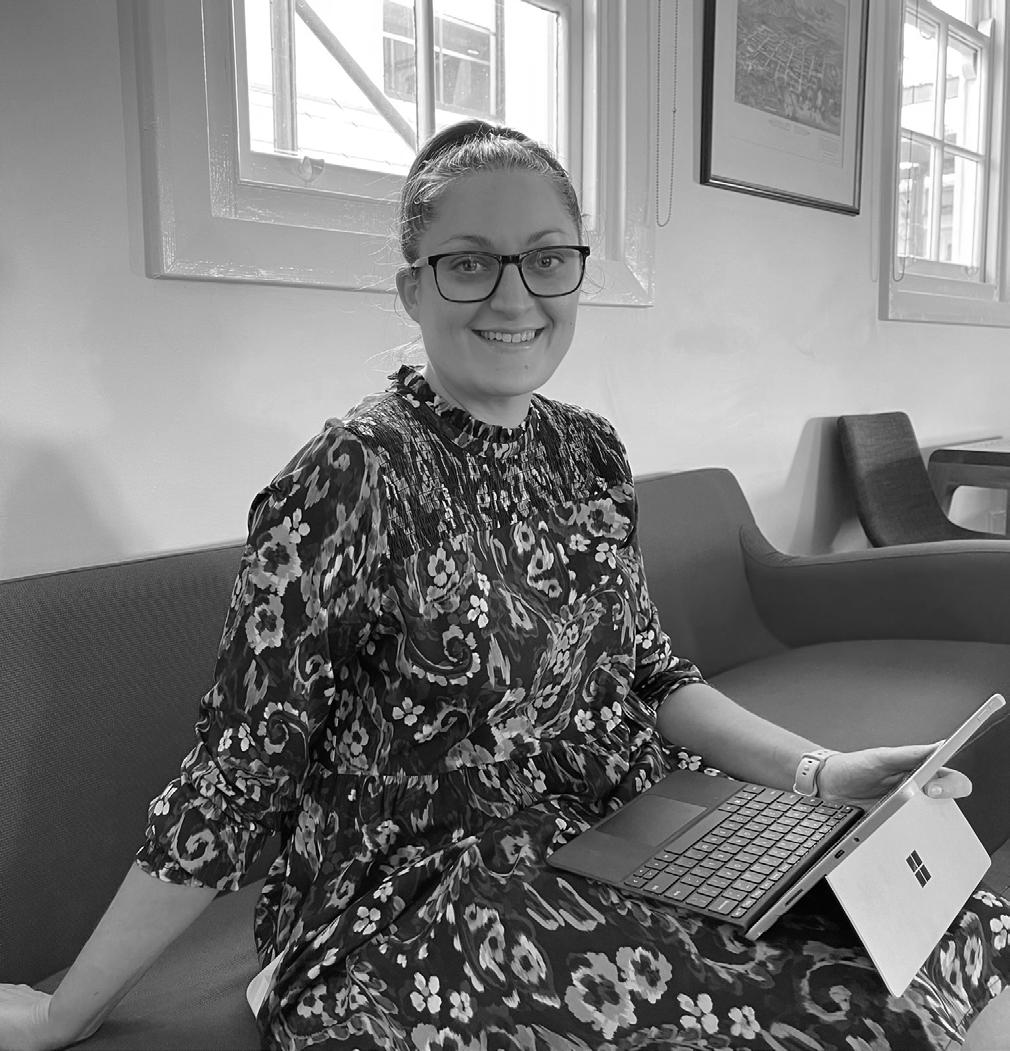
Asia-Pacific Cooperation’s Policy Partnership on Women and the Economy, Chantelle is driving a global agenda in pursuit of economic growth and women’s empowerment.
“The gender participation gap costs us $28 trillion dollars in lost GDP globally every single year, that equates to $17 trillion dollars in the Asia-Pacific region, yet we are not seeing actions to remove the barriers to women’s participation commensurate with those potential economic gains.”
“We have a responsibility to all women and girls to keep asking the question ‘who is benefiting from the status quo?’ and to utilise every opportunity to close these gaps once and for all… it is an economic imperative, and it is also the right thing to do”
Chantelle says.
When she is not advocating for the 2.5 billion women and girls living across G20 economies who do not enjoy the same opportunities, prosperity, freedoms or rights as their male counterparts, Chantelle is a mentor to the next generation of feminist leaders.
“Every conversation I have with younger women is an opportunity for me to share my experiences of using power for good and surviving! At the same time, I learn so much from their perspectives about their lives. I try to instil that we have always been stronger and smarter together and the barriers to gender equality are bigger than a single woman’s actions” Chantelle says.
The golden thread in Chantelle’s career is a relentless focus on serving women, in the design of gender equality policy and through developing other women in the process of doing the work. I asked her for a final word:
“Let’s shift from envisioning change to enacting gender equality today. In every decision, action, system or structure. Women and girls deserve no less.”
Byline: Meredith Turnbull
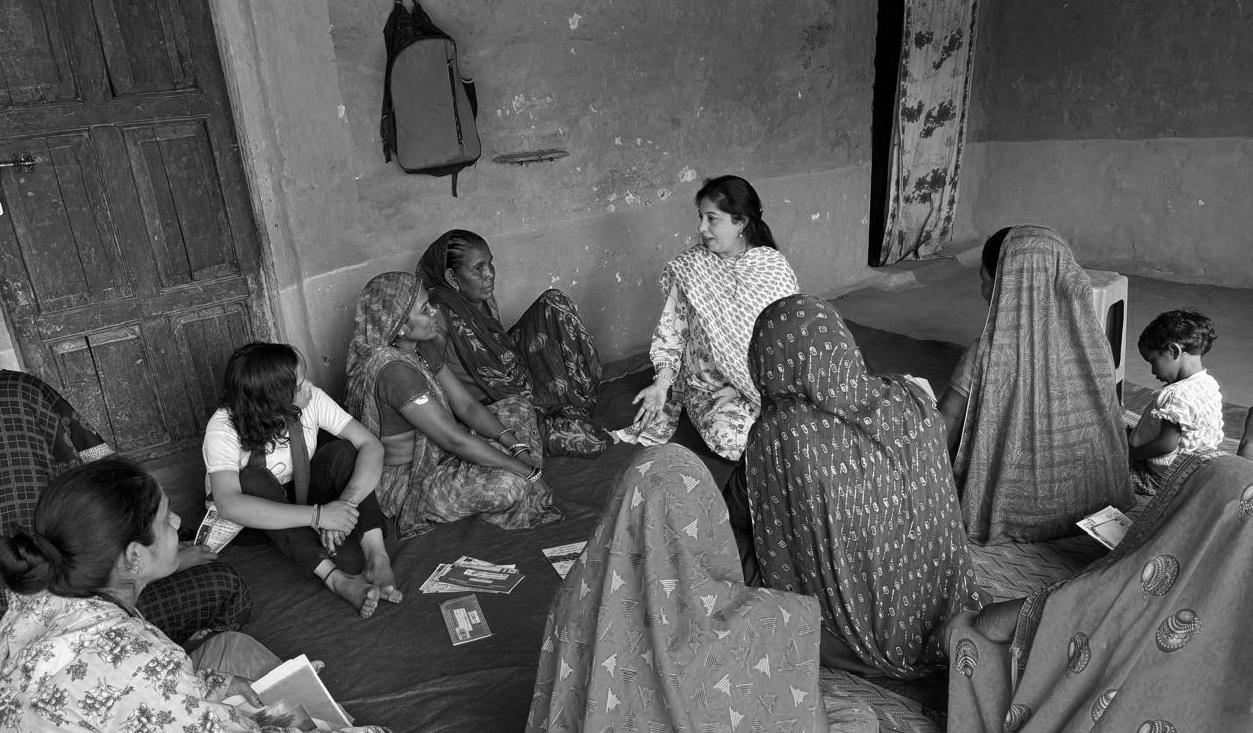
Under the guidance of its founders, CEO, and board, the team at Swadhaar FinAccess — a non-profit focused on financial inclusion for millions of lowincome — have helped more than 7.2 million vulnerable people (especially women) in India by training them in financial literacy.
Amrita Kapoor joined Swadhaar FinAccess in 2019 as advisor to the organization. Her background in training and development, innovation and human resources made her a perfect choice as the organization sought a needs assessment to improve processes to prepare for scale. With Swadhaar’s financial literacy program growing, Amrita approached the project with a clear purpose: get to know the people behind the product.
Amrita shares that, “Essentially, all organisation operations can be divided into just three things — people, product and profit, and it is the people who come first. Unless there is a good team, you can’t do much with the other two. This has stayed with me on every project and every client I’ve worked with and as soon as I joined Swadhaar as an advisor, I was in a new state every week, making it a priority to meet everyone.”
Then came 2020 and COVID.
“Our vision at Swadhaar is to provide financial and digital literacy and inclusion to underserved populations all over the country and enable them to fulfil their aspirations for financial health and overall well-being. Our mission is to give handholding support, inclusion and a voice to the vulnerable communities that we serve, and they need a lot of attention.”
Amrita Kapoor, CEO, Swadhaar FinAccess

Swadhaar was founded in 2006 by the esteemed founders Ms. Veena Manker and late Ms. Haseena Vahanvatv. The company was born as the brainchild of two friends embarking on a journey together with a shared dream of providing financial access to poor and low income working women. Swadhaar FinAccess, (SFA) was thus launched in Mumbai as a Non-Profit Organization and now operates in 184 locations across four states in India, using a tech-cum-touch approach (phygital).
When the pandemic hit, Amrita understood that Swadhaar needed to pivot to a work-at-home model and with the support of her forward-looking founder Veena, she shifted
the organisation within a week. She also recognized a key component to the organisation’s and its clients’ success.
“We started capacity building — training our team in soft skills and communication and updating them on new government schemes and financial products. Before the pandemic, Swadhaar only conducted face-to-face community training for villages in financial literacy and inclusion. Suddenly, everyone was stuck at home unable to meet anyone.”
In addition to training their own team, Amrita saw an opportunity to teach financial literacy to other NGOs unable to go into the field. She conceptualised and developed a B2B model of digital training. Through this platform, the Swadhaar teams continue to train staff from other NGOs on financial literacy, building their capability and encouraging them to spread financial literacy in their own communities.
Transitioning the company to a work-from-home model during the pandemic not only showed that teams were still working, but led to more organisation growth, and increased outreach. Swadhaar scaled from 20 RBI MoneyWise centers to 154 in nine months. The impact they were having in the community made Amrita fall in love with what she was doing, and she joined Swadhaar full-time as Chief Mentor and COO.
“Working with underprivileged communities gave me a great sense of fulfillment,” Amrita says. “It brought about a change in me where I wanted to dedicate all my efforts to this.”
While financial and digital literacy is a focus for Swadhaar, their approach underwent a change during the pandemic. Sensitive to the needs of their clients during the height of COVID, Swadhaar put financial education on pause to support the communities in ways they truly needed by providing information on COVID and its precautions first to their clients.
“No one in the villages in 2020 and 2021 was going to listen to financial literacy without first understanding the greater threat — the pandemic,” Amrita says. “So, for a few months, we revamped our training modules and provided health information and education in collaboration with Noora Health.”
This was a clear case of putting the client first and empathizing with them using “soft skills” to support what mattered to the community by emphasizing the importance of empathy, a strong EQ, communication, and doing what is urgent first.
“Communication and empathy is extremely important,” Amrita says, “just as how well you train in empathy and EQ. It is why these topics are part of our regular Training the Trainer exercise at Swadhaar.”
While supporting the health and well-being of their clients, Swadhaar trainers found themselves having to also teach technological awareness. A “no touch zone” was in effect, making it necessary to go cashless, something completely foreign to those in rural and urban slum communities. Fortunately, India was already uniquely suited for the challenge of raising digital awareness of those in need.
As per Amrita, “India has a wonderful digital public infrastructure with the JAM Trinity and the UPI. Swadhaar trains the disadvantaged and vulnerable communities on digital awareness, enabling and empowering them to use this infrastructure. To ensure all can access it, we customize our client support and training to the needs of each village and urban slums all across India.”
Creating awareness and access is one thing, but Swadhaar ensures financial literacy is put into practice. With that in mind, Swadhaar is also researching behavioral science to gain insights to innovate their content and training to become more impactful.
“We are learning which education tools make a difference to villagers to move from awareness to capability to agency and action, because financial literacy is not the end outcome but the first step. The true outcome is when each member of the community is financially enlightened by opening a savings account in a bank or accessing government schemes and making good financial decisions for themselves and their families.”
Because of the JAM Trinity and the DPI in India, many homes in India have access to financial inclusion and at least one mobile phone per family. Swadhaar has a physical as well as digital training strategy. The combination of face-to-face, hands-on engagement and digital empowerment has shown itself to be a tremendous benefit to these underserved communities.
“I do see a difference and an impact on the ground, which encourages us to open more centers and increase interventions. It has led to us revamping our content to become more effective and impactful for bridging the gap between financial literacy and financial inclusion.”
“We realized that even in the same village, in the same population, in the same district, there could be women who are in different areas of financial resilience in their journey but still share common obstacles. We educate the whole household but focus on women because we believe they’re the fulcrum. If she gets educated, she can educate the whole community. So, we are redesigning our content and training to promote equity versus equality by customizing training for women, community members, and low-income households.”
The vision and future of Swadhaar is how to best support its clients and continue to use technology with the human factor, recognizing the importance of striking a balance. Swadhaar uses a human-centric approach to digitisation.
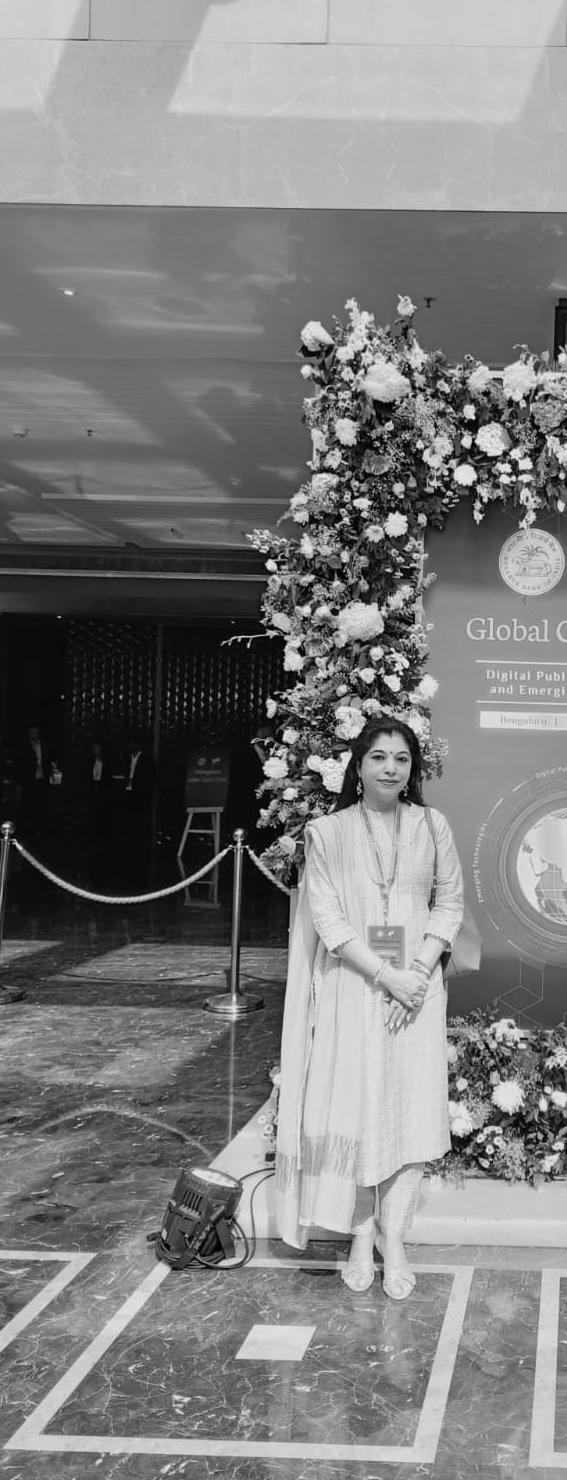

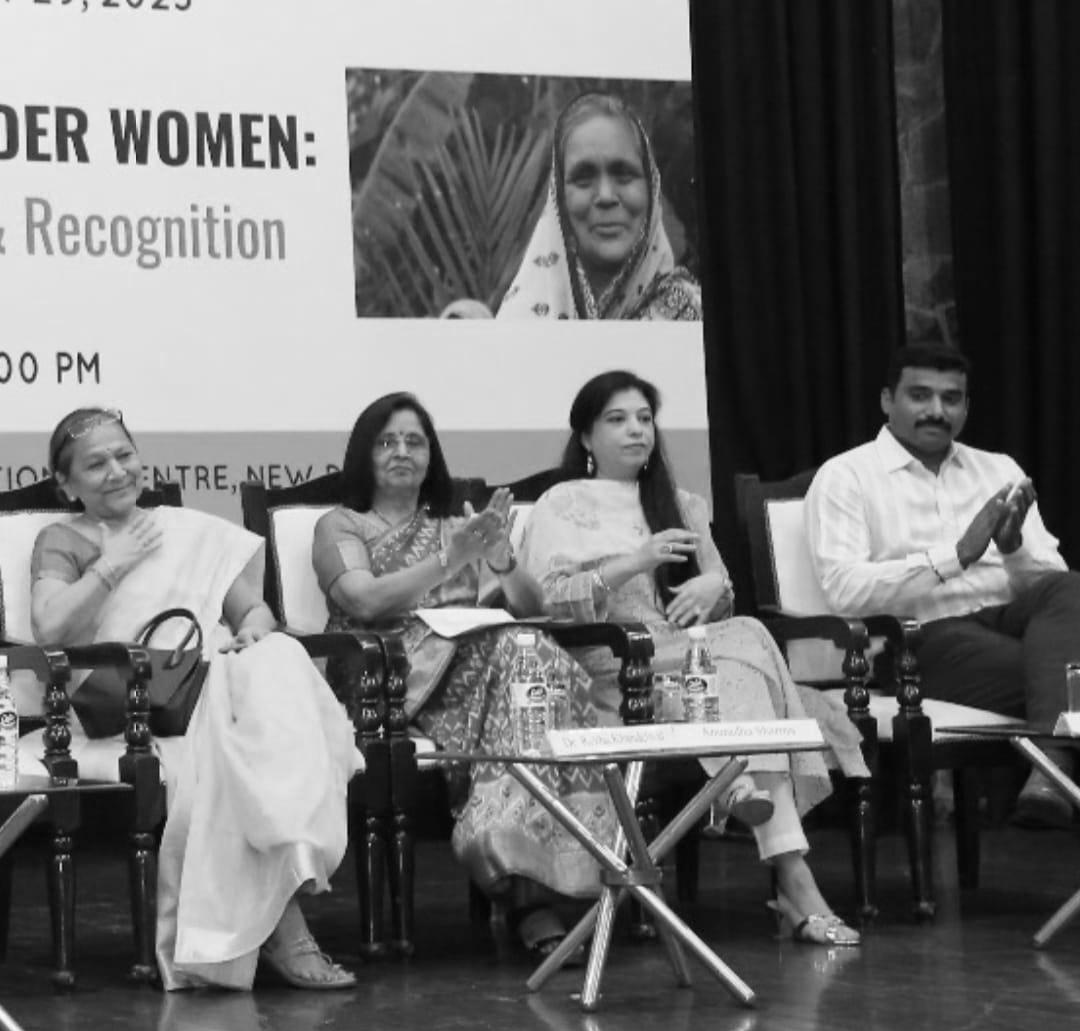
“We have two fabulous apps and a digital tele-calling channel, but when our community member is from a rural area, and has no exposure to the supply of digital services available in India with the JAM Trinity and UPI and no awareness of financial literacy, how can they trust us? Face-to-face interaction is critical, because vulnerable communities are subjected to a lot of digital fraud, resulting in a trust deficit, and trust building is an important best practice at Swadhaar.”
That’s where Amrita brings in the balance between soft skills and digital. “We do a refresher of soft skills every three months and EQ training tops the list as well as communication and confidence building, which are mandatory, besides technical trainings. Swadhaar trainers are taught empathy and EQ by putting themselves in the shoes of our villagers to build that trust. We work closely with local stakeholders and train in local languages. When our community members start trusting us, we then help them understand the value of financial literacy. Face-to-face interaction is irreplaceable, and digitization and digital literacy are imperative — a blended approach is vital, and that has worked very well. We are dealing with very low literacy, low-income community members, and to help them we cannot do away with the face-to-face interaction and training, the trust building, and, of course, training in local languages”
“The beauty of Swadhaar’s work is that we go into the communities to conduct face-to-face trainings with both men and women. In Indian rural villages and urban slums, in many cases, the woman is not making independent decisions on her financial well-being. Here she makes joint decisions and is happy with the support of her family, so we educate the men to encourage the empowered woman,” Amrita shares, adding, “In doing so, we empower them both.”
At the end of the day, CEO Amrita Kapoor says that, “We at Swadhaar operate on the belief that ordinary people can achieve extraordinary results when you are dedicated to a good cause, and then the universe conspires to help you.”
Byline: Linda Morris
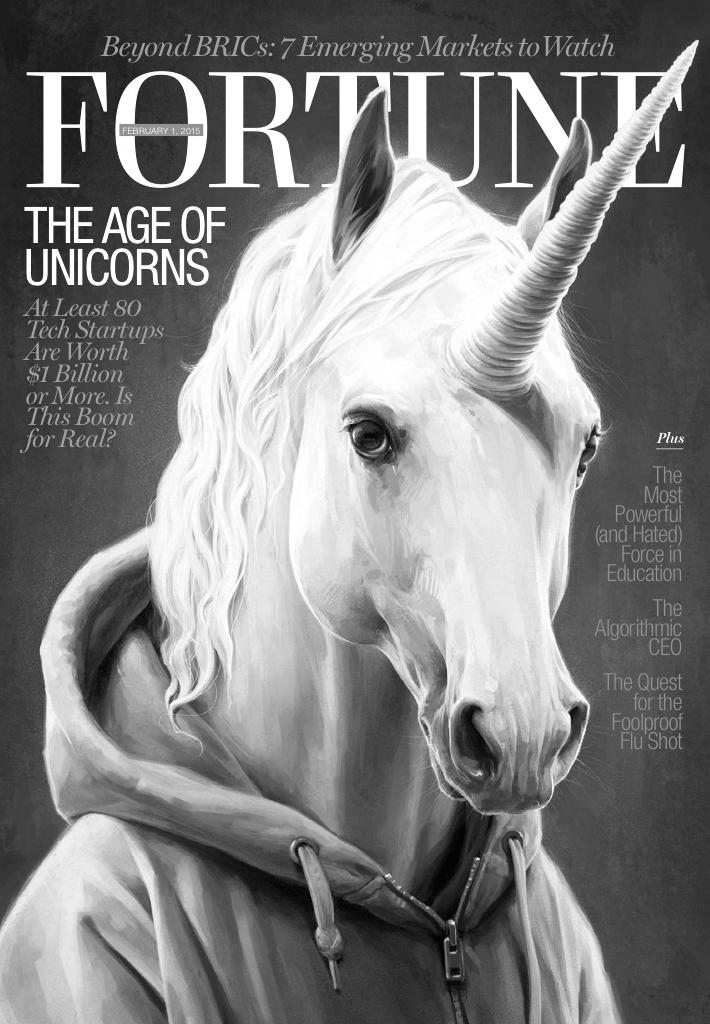
BYLINE: HOLLY RICHARDS
If I had a dollar for every time a possible investor questioned why I don’t have a co-founder or if I’d thought about turning my business into a SaaS product I could bootstrap my startup for the rest of time. I’ve spent years bootstrapping Amplefolk, a company born from my lived experience and my commitment to addressing the unmet needs of plus-size people. The journey hasn’t just been about creating products; it’s been about navigating a financial landscape that seems designed to shut out people like me—solo female founders, especially those who dare to create physical products rather than the B2B SaaS solutions investors seem to salivate over.
It’s no secret that female founders face significant hurdles when it comes to securing funding. The numbers are staggering. According to PitchBook data, in 2022, startups founded solely by women received just 2.1% of the total capital invested by venture capital firms (VCs) in the U.S. That’s a drop from the already dismal 2.4% in 2021. And if you’re a solo female founder, those odds drop even further. But throw in the fact that your business is focused on physical products rather than software, and you might as well not even bother pitching. The cold, hard truth is that many investors won’t even take the meeting.
I remember the early days of Amplefolk, being introduced to investors and the world of VC. Time and time again, I was met with polite rejections, or worse, outright dismissal. The feedback was often the same: “It’s a niche market” (67% of people in Australia and the U.S. are plus-size). “We’re focused on tech and subscription services.” “Come back when you’ve got a cofounder and some sales.”
The message was clear: Solo female founders don’t belong in the big leagues of venture capital. If your deck doesn’t show you’re building the next billion-dollar unicorn, if you’re not a man, and if you’re not peddling the latest software solution, you’re not worth the investment. It’s not just disheartening; it’s discriminatory. And it’s leaving a lot of value on the table for both founders and investors.
The focus on unicorns—startups that grow to be valued at over a billion dollars—has skewed the entire investment landscape. Investors are so caught up in the hunt for the next Facebook or Uber that they’re missing out on what could be the next big thing. Or rather, the next “steady” thing. According to research from CB Insights, the average startup takes about 10 years to reach unicorn status, and fewer than 1% of startups actually achieve this. Yet, startups who claim to be the next unicorn get the lion’s share of attention and funding. What about the turtles? Companies that might not hit that elusive billion-dollar valuation within 10 years, if at all, but are consistently profitable, impactful,
MarkThe Western Bulldogs AFLW team

and sustainable? Businesses that return investor funds. These are the businesses that are left in the shadows because they don’t fit the narrow mold of what’s considered “investable.”
The assumption that a solo female product founder can’t build something big and successful is not only outdated, it’s wrong. Founders like Sara Blakely (Spanx), Emily Weiss (Glossier) and Kate Morris (Adore Beauty) have proven this time and time again. But determination alone doesn’t pay the bills, and it certainly doesn’t secure the funding needed to scale a business.
The solution? We need to rethink how we fund businesses, particularly those led by solo female founders of product-based businesses. Cambridge Dictionary defines venture capital as money that is invested or is available for investment in a new company, especially one that involves risk. By definition, venture capital is as simple as that. It’s the tech bros of the world who have skewed VC for everyone else and set the sights on mythical creatures. It’s time to shift the focus away from the unicorns and start recognising the value of turtles—businesses that might not make headlines with their valuations but are nonetheless poised for long-term success. Investors need to diversify their portfolios not just in terms of industries, opening their eyes (and wallets) up to eCommerce and beyond, but in the types of founders they back. This means looking beyond the typical tech startups and considering businesses that offer physical products, solve women’s problems or are led by solo founders.
But I believe that in order to achieve this, VCs need to do more than hunt for turtles. They need to completely overhaul their business models. Banking on finding the next unicorn is just not sustainable or even attainable for most. What about debt financing? Traditionally, debt financing has been dominated by banks, but there’s a growing opportunity for VCs to step in and offer alternatives with competitive interest rates and lower hurdles for founders to jump. Plus, secured debt financing goes some of the way to solving the issue of key person risk with solo founders. This could be a game-changer for solo female
founders like myself, who often struggle to find traditional funding avenues.
Another part of the solution lies in education and resources. Founders need better guidance on how to navigate the funding landscape—how to identify the right investors, how to pitch their businesses effectively, and how to evaluate the terms being offered. Too often, female founders are left to figure this out on their own, and the learning curve is steep. It’s not just about having a good idea; it’s about knowing how to sell that idea to the right people at the right time.
In the end, the funding gap isn’t just a loss for solo female founders—it’s a loss for the entire investment community. By continuing to overlook these founders, investors are missing out on a wealth of untapped potential. Businesses like mine, that are rooted in real-world problems and driven by personal experience, have the potential to create meaningful impact and generate substantial returns. But we can’t do it alone. We need investors who are willing to take a chance on us, who see the value in our vision, and who understand that success comes in many forms— not just SaaS products.
It’s time to change the narrative. Solo female founders aren’t just worthy of investment—they’re necessary for a more inclusive, innovative, and sustainable future. The sooner investors realize this, the better off we’ll all be.
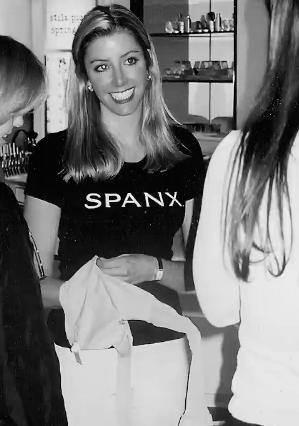

“FOR PLUS-SIZE LEGENDS BY PLUS-SIZE LEGENDS”
Welcome to Amplefolk, the brainchild of Holly Richards, offering not just activewear but towels, robes, and more. The brand exudes elegance through its stunning solutions for every overlooked and underserved need of a notoriously overlooked and underserved community.
The world is not one-size fits all and in this month’s Women in Business Spotlight, Holly Richards shares her inspiration and more behind founding a brand that honours the beauty in that truth.
QWhere are you from and how has that brought you to entrepreneurship?
I grew up in regional Western Australia in a crayfishing town called Geraldton. My mum was a teacher, and my dad has run his own business my entire life, so I was always exposed to entrepreneurship.
QHow did you come up with Amplefolk?
I was a chubby kid struggling with an eating disorder but was very active until exercise became about losing weight and I developed a bad relationship with it as an adult. Then during the early days of the pandemic, I started walking and doing Pilates to keep my head clear and I enjoyed exercising for the first time in my life. I wanted to invest in a sports bra, but it didn’t exist in my size. I was blown away. All my life I’ve been told I need to exercise to shrink my body but how when I can’t dress myself properly?
I was part-way through a part-time MBA and saw something in the university newsletter asking students who identify as women to enter a two-week incubator and pitch competition. I entered my sports bra idea, sent out a survey as part of the program, and received over 600 responses in less than two days — it was clear I wasn’t alone in this problem. I won the pitch competition, used the prize money to incorporate Amplefolk and the rest is history.
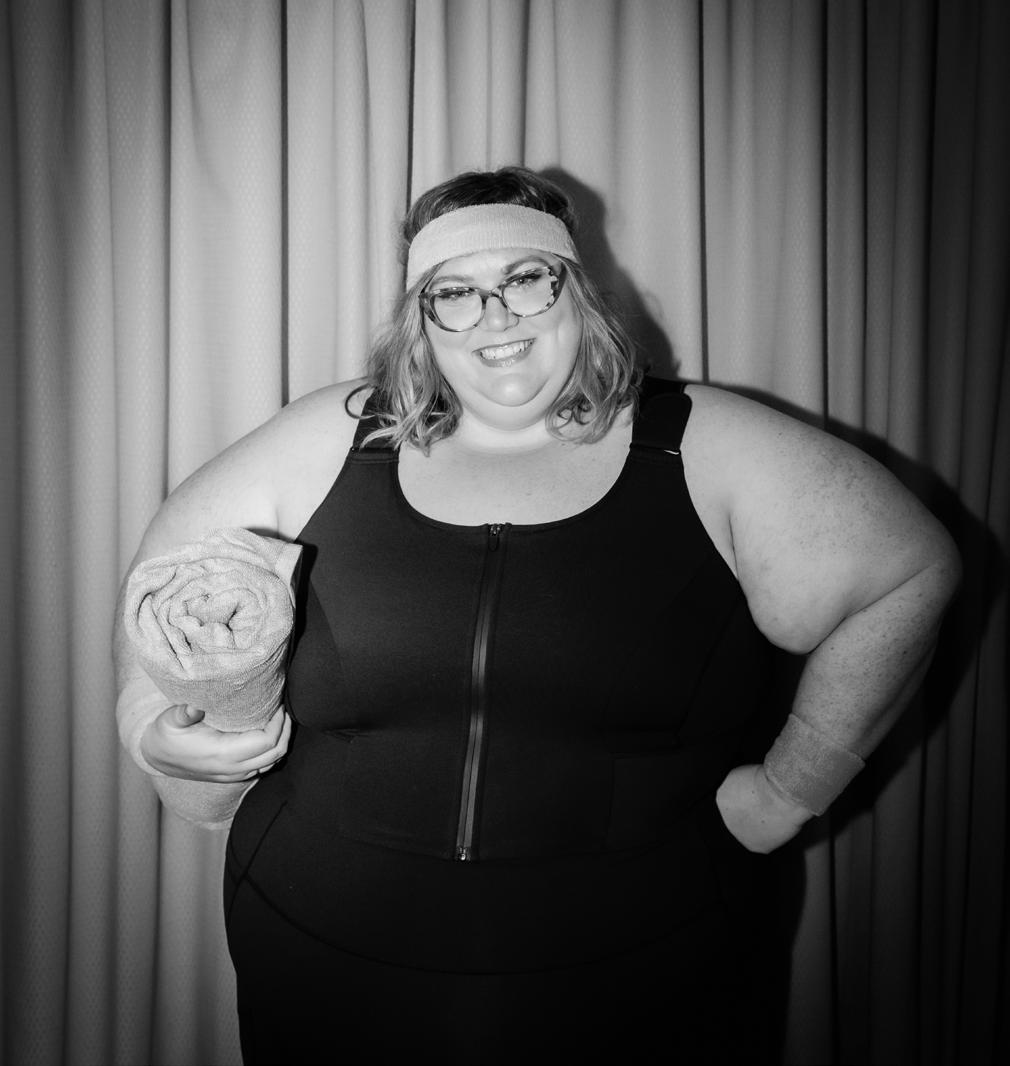
QWhat was your “Ah-HA!” moment with Amplefolk?
The survey and winning the pitch competition for sure, but there have been others. Much of living in a larger body is living with shame. The nature of shame is you keep it to yourself. It’s isolating. The more I spoke to other plus-size people, the more I realised we all feel the same and it’s not ok. We deserve to be living our best lives; not when we lose weight, but right now. What are some of your biggest pain points and how have you dealt with them?
Honestly, the biggest pain point is me! I get in my own way a lot and mitigate that with amazing mentors and seeking out people who poke holes in my ideas and strategies. It sounds masochistic but my goal is to answer every hairy question with ease and confidence. When I work out a solution to a problem with the business model or work out how to fill a gap in my strategy, it’s so rewarding.
Q What are some of your biggest successes and how have they propelled you forward?
Selling out our first round of plus-size towels in 24 hours was pretty cool. I had no idea people would be so responsive. The sports bra was still in development, and I needed to launch something ASAP, get money in the door, and prove there’s an audience for specialty plus-size products. I found a manufacturer to make towels long enough to fit larger bodies and put them on pre-order. People were so excited and emotional; the response was really touching.
Q Who inspires you and why?
My best friend Ali and her mum Jen. They’re incredibly strong, smart, powerful people. I am constantly inspired by how their brains work and how they execute with such grace in every aspect of their careers. They’re also fun, funny and real.
QWhen did you know starting your own business was right for you?
It was always a secret wish, but I never thought I was capable or knowledgeable enough. Then I started the MBA, and my mind expanded. Or perhaps it’s the hilarious nickname for MBA students — Mediocre but Ambitious. It unlocked that ambition. When I pitched for the first time, I knew there was no turning back. I can’t explain how lucky I feel to have found something I am so passionate about and love to do.
What else are you passionate about?
Removing weight bias in healthcare. I’ve volunteered for Size Inclusive Health Australia since 2020 and discovering the “health at every size” approach has been instrumental in not only my eating disorder recovery but in shaping Amplefolk. “Health at every size” promotes self-care through addressing health behaviours, acknowledging and tackling weight stigma, and being inclusive of human diversity in terms of body size, ethnicity, sexual orientation, gender identification and social status. When people feel better within themselves, they are more likely to be motivated to take care of their bodies. Diets cause significant harm both physically and mentally, and less than 5% work long term. So, I am very passionate about helping people of all body shapes and sizes engage in health-promoting behaviours like exercise without the goal of weight loss.
Q
How do you balance work + life?
It’s the sad reality of running an early-stage bootstrapped business, still working a part-time job and being married that I struggle to balance it all. I don’t think people are honest enough about that. The one non-negotiable for me is sleep. I ruthlessly prioritise it and rely on it to get me through incredibly busy times juggling many things. My husband and my dog help a lot too. I love them so much.
Q Where do you go from here with Amplefolk?
We just launched our sports bra and leggings after 4 years of development and have over 30 products in development. It’s so exciting! I’d love to be in the U.S. in the next few years and while we ship to select countries, postage is steep and a deterrent. I want to remove that barrier and help more plus-size people live their best lives.
Q What advice do you have for other female founders?
No one really knows what they’re doing. We’re all just working it out as we go. Unfortunately, life is not a meritocracy. It’s unfair and it sucks but you must make your own luck. You are capable and smart enough to do this.
Byline: Linda Morris